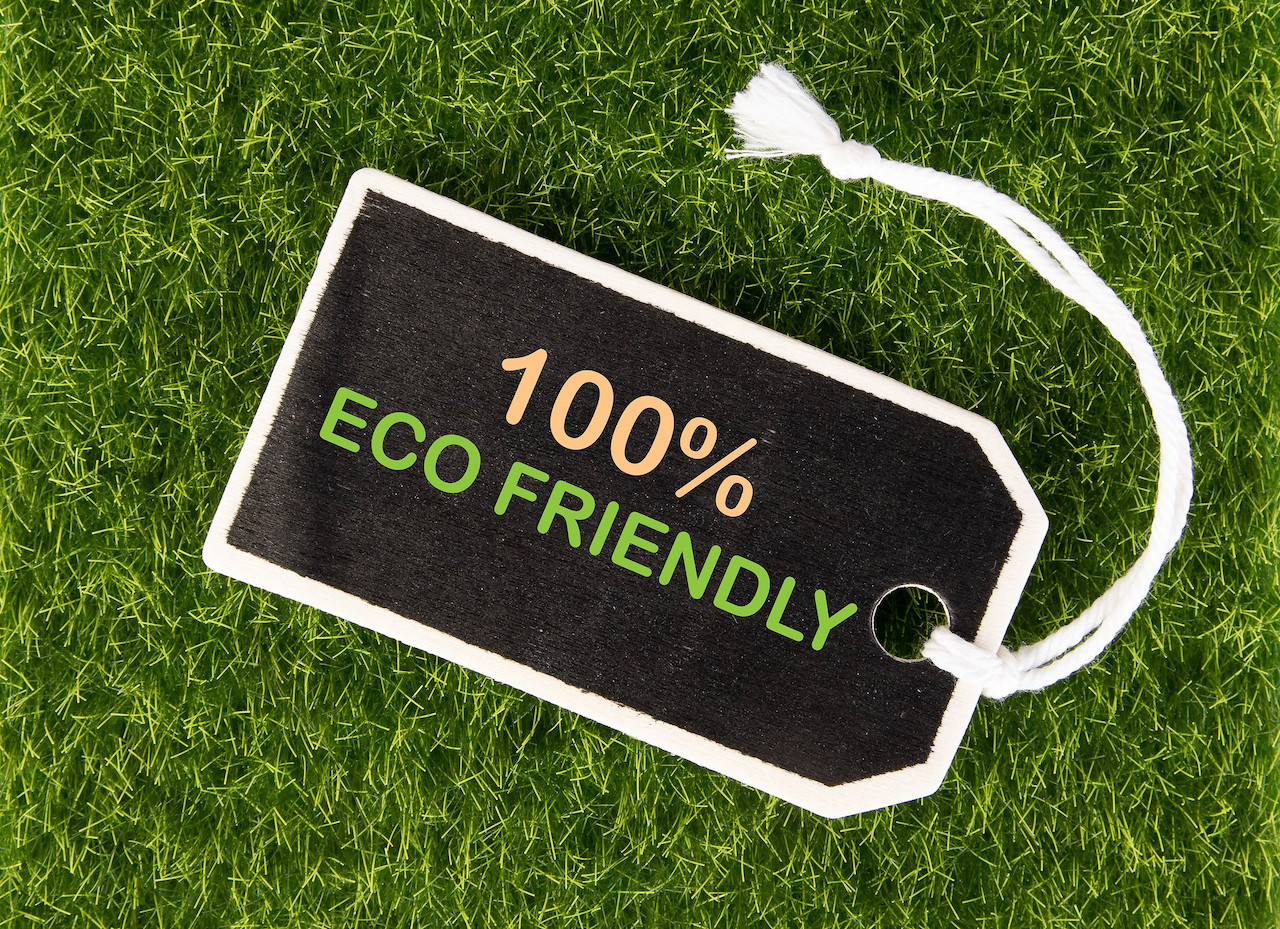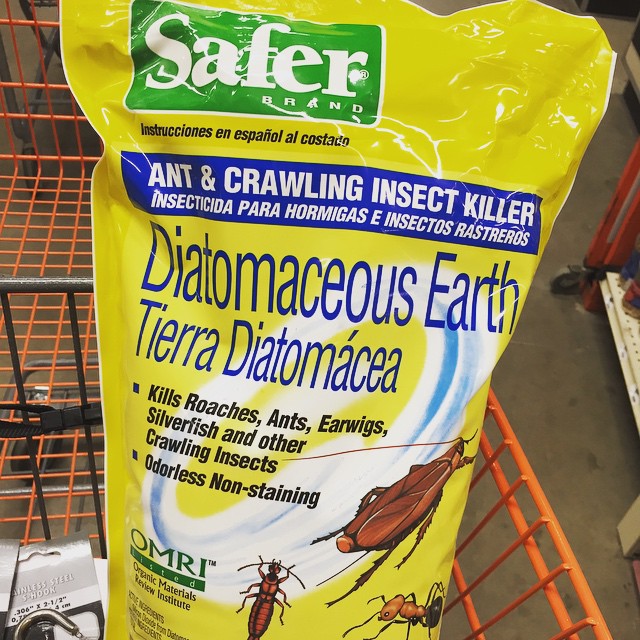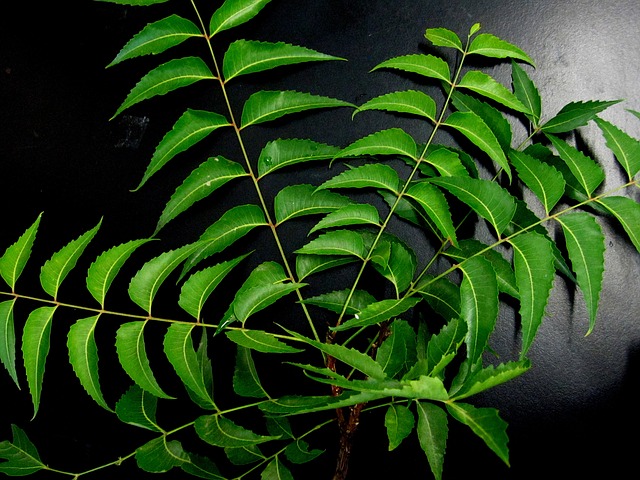
Only a few years ago, the answer to ridding your home of unwanted pests was simple: chemicals – and lots of them. We sprayed pesticides on our lawns, covered bodies with bug spray (which had to contain Deet) and set out all kinds of poisonous bait.
Granted, these methods are still used in different forms, but these days we are more aware of the consequences. And thanks to the internet, we can make educated decisions about pest control – weighing the pros and cons of our options, whether you are a do-it-yourselfer or hire a pest control professional.
Benefits, Disadvantages of Greener Pest Control
Many San Antonio residents have made the move to eco-friendly pest control. It has several advantages:
- It breaks down rapidly, reducing risk to the environment.
- It can kill on contact.
- Less toxic to “good bugs”, birds, and mammals.
The downside, however, is that eco-friendly solutions are harder to come by, tend to cost more and often lack chemicals’ satisfying instant knockout punch. Natural pesticides, while less toxic, aren’t entirely benign and can even damage your plants. But if you don’t mind a few obstacles, eco-friendly pest control can help prevent pests from taking over your lawn or home with minimal risk to the environment.
Your Options
Here are some eco-friendly pest control options:
Diatomaceous Earth

Diatomaceous Earth (DE) is used indoors and outside to naturally treat for cockroaches, ants, worms, beetles, bedbugs, and fleas. It is made out of fossilized silica shells and looks like powdery dust.
For outdoors, you can use it to help prevent pests from getting inside the home and also to eliminate them from your gardens and flowerbeds. Simply sprinkle the powdery dust on top of the soil, mulch, etc. Similarly, you can sprinkle it inside the home in areas such as under cabinets, window seals, doors, or anywhere else you suspect they are entering or hiding out in your home.
When bugs encounter the DE and inhale it, it’s like inhaling mini razor blades – which then wreak havoc on their respiratory system causing them to die. It doesn’t have this effect on animals and humans because our lungs are much larger. However, it is a good idea to wear a mask when applying it.
Boric Acid
Another eco-friendly option for roaches, ants, spiders, and other small pests is boric acid. It is a white or colorless powder that sticks to the legs of the insects when they walk across it. It doesn’t instantly kill the pests, but it gets into their bodies when they clean themselves – and poisons them. This can take up to 10 days to work. It’s an effective, and environmentally friendly option, but you must have a little patience.
It’s also best to keep it away from pets and small children as it can cause irritation. To use boric acid, be sure to wear gloves, goggles, and a mask and apply it along floorboards, crevices, and other places where you suspect pests.
Insecticidal Soaps
Insecticidal soaps are very effective with killing pests, but the pest must come in direct contact with it. The soap essentially dries out insects, causing them to suffocate. It works best on critters such as aphids and mealybugs. And it could help eliminate things like fleas, chiggers, mites, thrips, and earwigs. However, this isn’t the best eco-friendly option to control caterpillars or beetles.
Insecticidal soaps are not harmful to humans or pets, but it could harm your plants (which is typically where you need to apply it). The best thing to do is to test your insecticidal soap on a small section of your plant first. Wait 24 hours and look for signs of damage such as brown spots or wrinkles. If you see this kind of damage, then it’s best to try a different eco-friendly pest control solution.
Horticultural Oils

Like insecticidal soaps, horticultural oils must come into direct contact with the pests you are trying to get rid of. These oils generally come in two forms: a mineral oil (which is a mixture of petroleum hydrocarbons) or plant-based. The plant-based oils typically contain ingredients such as soybean, neem, cottonseed, and sesame.
Neem oil is probably the most popular and it is most often used to prevent pests on fruit trees. However, it can be applied to a variety of plants to treat for pests. This eco-friendly pest control works best on soft-bodied pests such as various nymphs and aphids.
Integrated Pest Management
Now, the idea of throwing out all the pesticides and trying natural products may be a stretch for some. But there is a reasonable solution, called integrated pest management (IPM). IPM is recommended by the U.S. Environmental Protection Agency.

We asked Molly Keck, Integrated Pest Management Program Specialist and Board Certified Entomologist with the Texas A&M AgriLife Extension Service in Bexar County, about the advantages of this approach versus simply spraying your yard with pesticides.
Her response, “IPM means you need to know your pest. When you know your pest, you can battle them smarter. Just spraying and praying is just that – you aren’t necessarily using the right products, applying it the right way, or applying it to the right places. You are working blind, essentially, and that usually doesn’t work.”
She also told us that “there are tons of resources through our bookstore and IPM website. Utilize your local extension office for information. Rely on good pest management companies if you have issues that you can’t control on your own.”
Main photo credit: Marco Verch, CC 2.0.